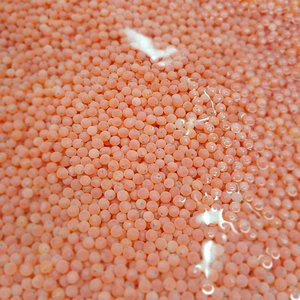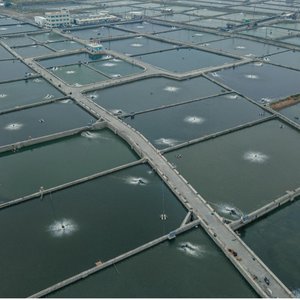A new genomics marker tool has been shown to accurately identify tilapia species and tell their hybrids apart, providing a novel resource to help develop aquaculture and empower conservation in Tanzania, Africa. Crucially, the new tool offers a cheaper solution than full genome data analysis.
Led by the Earlham Institute, alongside the Tanzania Fisheries Research Institute, Roehampton University, Bangor University, the University of Bristol and the University of East Anglia in the UK, the new genomics marker tool enables tilapia species identification and pinpoints hybridization between invasive and native tilapia species.
Tilapia are endemic to Africa, and East Africa, including Tanzania, is a hotspot of natural diversity for tilapia species. At least eight fully-endemic Oreochromis species are found in Tanzania and an additional 12 species that are endemic to catchments shared with neighboring countries. Several of these species are adapted to unique environmental conditions, such as elevated temperatures, salinity and pH, and could be of interest for future aquaculture developments.
“One of the major difficulties in tilapia aquaculture lies with the discrimination of species. This currently relies on morphological traits, which are particularly a problem to identify in females and juveniles. This in turn can lead to accidental stock contamination. Furthermore, non-native farmed tilapia populations (Nile tilapia, O. niloticus) are known to be widely distributed across Africa and to hybridize with native Oreochromis species,” said lead author, Adam Ciezarek, postdoctoral scientist in the Haerty Group at the Earlham Institute. “In response to the need to accurately distinguish species but also identify potential hybrids that can be carried out cost-effectively and faster, an optimized design based on 96 single nucleotide polymorphisms (SNPs) biomarkers was developed. This design has also proven to be more accurate than microsatellite or morphological identification of interspecific hybrids.”
“Tilapia is a hugely important group of fish for aquaculture. Farmed strains have been introduced to many water bodies as non-native species, which creates a problem in areas where native tilapia species are prone to hybridizing. Hybrid tilapia survive less well and grow slower, which threatens the survival of natural populations,” said Ciezarek. “This also threatens the survival of tilapia farms, as stocks are often taken from the wild. If they’re stocking what they believe to be pure species, suitable for farming, but are stocking slowly growing hybrids, the farm may fail.”
“The novel SNP markers represent an important resource for assessing broodstock purity in hatcheries, helping to conserve unique endemic biodiversity. We hope that this more affordable and convenient tool will be used to accurately assess potential farm stocks, as well as surveying natural water bodies for evidence of hybridization between tilapia,” said Ciezarek.
The study was funded by the UKRI Biotechnology and Biological Sciences Council, the Royal Society and the Leverhulme Trust.
Check out the study here.












